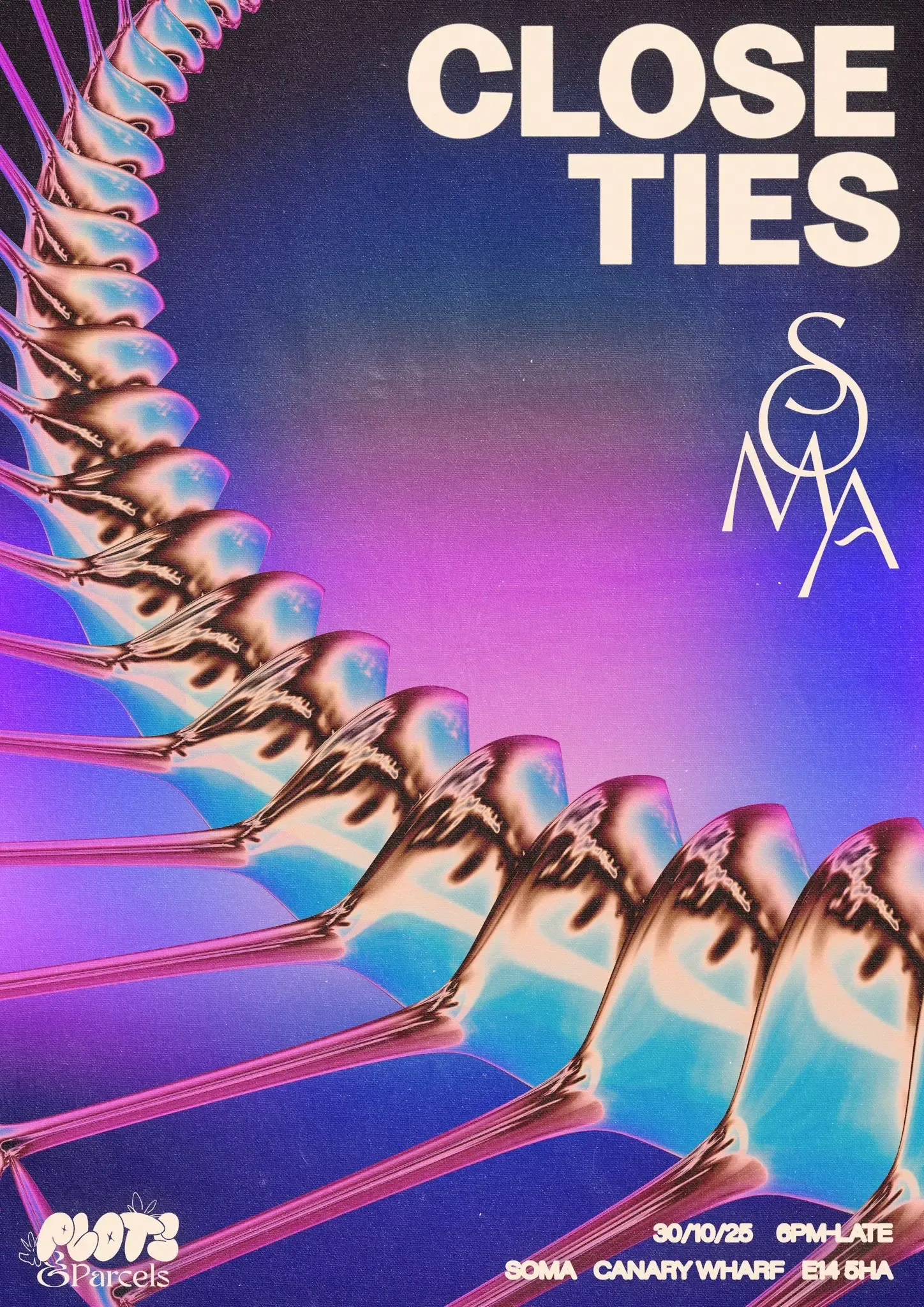
THE INSPIRATION
We believe that every great cocktail begins with inspiration. Whether it’s a flavour, a seasonal ingredient, or a unique technique, having a clear vision is essential. I’m always seeking new ways to push boundaries and create memorable experiences for our guests. Today, I want to take you behind the scenes of one of our latest creations - a vibrant strawberry highball that captures the essence of summer.
Creating cocktails is as much about storytelling as it is about flavour. My journey often begins with a conversation, in this case, with the talented chefs at modern Indian restaurant, Kricket, next door. Exploring their pantry for intriguing Indian ingredients led me to a rhubarb that they were pickling. Its sweet yet tangy pickling juice, flavoured with pink peppercorns and bay leaves, became the starting point.
The idea was to craft a seasonal, fruity yet tangy highball using ripe English strawberries, perfectly capturing the flavour of British summer as the months warm up.
MAXIMISING FLAVOUR EXTRACTION FROM STRAWBERRIES
To craft the perfect cocktail, I experimented with various techniques to extract maximum flavour from the strawberries. From syrups and infusions to vinegars, I tested what worked best. Strawberry vinegar emerged as the star - a nod to the original rhubarb inspiration.
Made by fermenting diced strawberries (minus the tops) in a mixture of vinegar, caster sugar, and filtered water, with 10% fruit, it’s left to mature for four weeks before being filtered. The result is a tangy, sweet vinegar that provides a natural acidity, adding depth to the final drink.
LACTO-FERMENTATION
Next, I turned to lacto-fermentation - a straightforward method where fresh fruit is combined with sugar and a pinch of salt to encourage bacteria to produce lactic acid. This process creates a cream-like texture, delivering a flavour reminiscent of strawberries and cream, but without dairy.
Using about 5% sugar and 0.15% salt (to stabilise), I ferment the strawberries for around 3-5 days, sealing the mixture vacuum-style to control the environment. The fermentation produces carbon dioxide, serving as a visual cue of progress. After straining through filter paper, the resulting juice adds complexity and a slight fermented funk to the cocktail.
SUSTAINABILITY IN COCKTAILS
A key part of designing drinks is recognising opportunities to reduce waste. I often explore chemical similarities between ingredients, enabling me to predict successful flavour pairings without endless trial and error.
For example, strawberries and tomatoes share similar chemical properties. Using the cherry tomato vines from Kricket, infused with fresh mint in dry sherry for 24 hours, adds a savoury, green note.
Additionally, Prosecco - which inevitably loses its fizz - can be repurposed. I incorporate this still fizz, carbonating the cocktail later to create a lively spritz and minimise waste.
CARBONATION AND TEXTURE
Achieving that perfect, champagne-like sparkle requires some precise science. I calculate the right amount of sugar, alcohol content, and temperature to inject around 45 psi of CO₂ into the mixture. This creates a delicate, spritzy effervescence.
The cocktails are then bottled and capped, preserving their fizz and ensuring the right temperature for the best serving experience. The result is a beautifully balanced drink with a light, invigorating sparkle.
THE FINAL SERVE
To serve, each bottle is opened table-side into a highball glass filled with large ice cubes and garnished with a fresh curry leaf - visualising the fluffy tops of strawberries and adding an aromatic nose to the experience.
I think we’ve created a refreshing, layered cocktail, rooted in sustainability, which will preserve the intense flavour of mid-summer strawberries for months to come.
written by Elliot Osborn, Bar Manager, SOMA Canary Wharf


